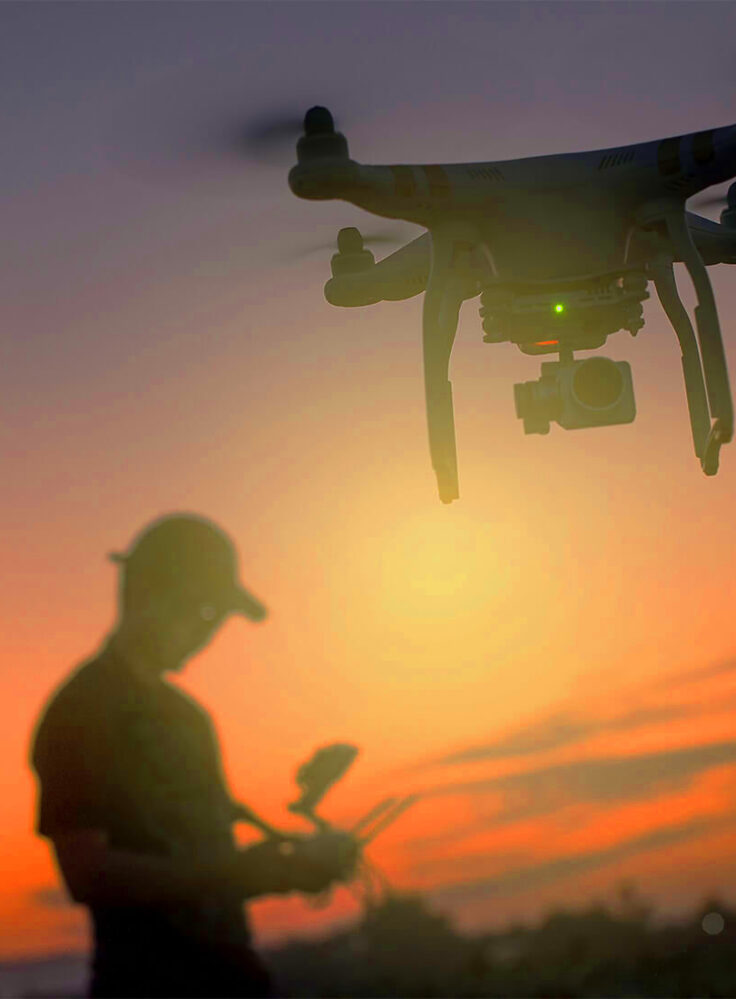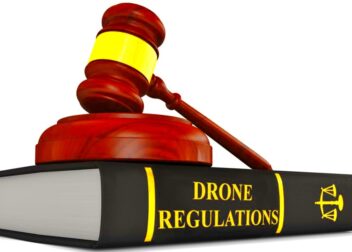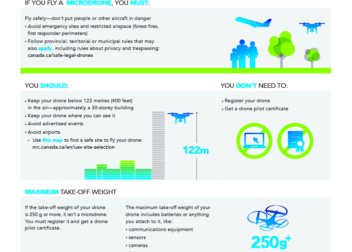Drone Regulations in Costa Rica What You Should Know
Capturing the breathtaking scenery and diverse wildlife of Costa Rica through drone flights can be an exhilarating experience. However it’s crucial to familiarize yourself with the regulations to ensure a seamless and lawful flying adventure. The drone laws in Costa Rica strike a balance between the passion of operators and considerations for safety and privacy. Let’s explore the key points you should keep in mind to operate your drone responsibly in this stunning destination.
Overview of Drone Laws
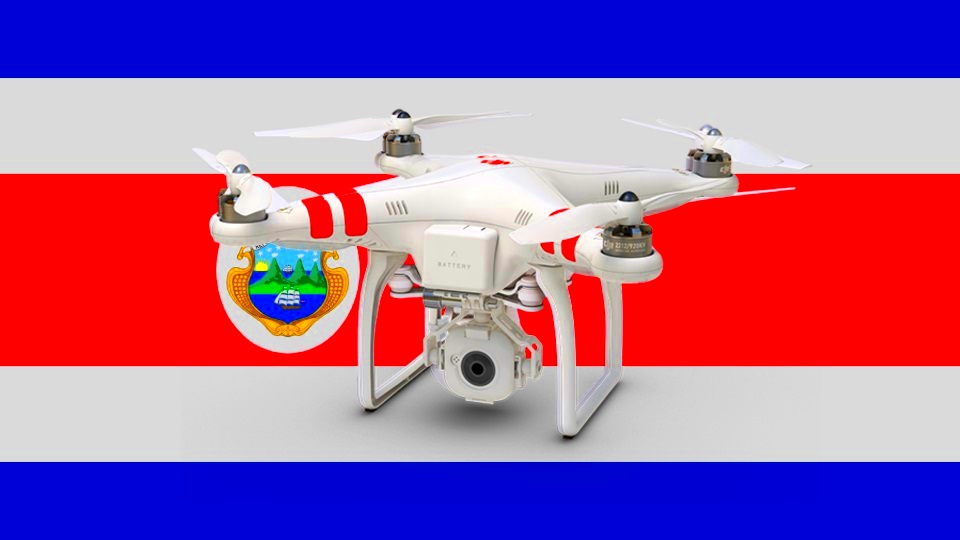
Costa Rica has established a system to govern the use of drones showcasing its dedication to safety and safeguarding the environment. The regulations regarding drones in the country are managed by the Directorate General of Civil Aviation (DGAC) which implements rules and protocols to ensure that drone activities do not disturb the balance of nature or endanger individuals.
Here’s a brief overview:
- Registration: All drones weighing more than 250 grams must be registered with the DGAC. This helps keep track of drone usage and ensures compliance with safety standards.
- Permits: For commercial operations, a special permit is required. This permit ensures that commercial drone operators adhere to strict guidelines to prevent accidents and misuse.
- Insurance: While not mandatory for recreational use, commercial drone operators must have liability insurance to cover potential damages.
Based on what I’ve seen dealing with these rules can be overwhelming at the beginning. However grasping the necessary information makes things easier. Its important to stay updated with the DGAC for any changes in regulations that might arise due to challenges or advancements in technology.
Types of Drone Operations
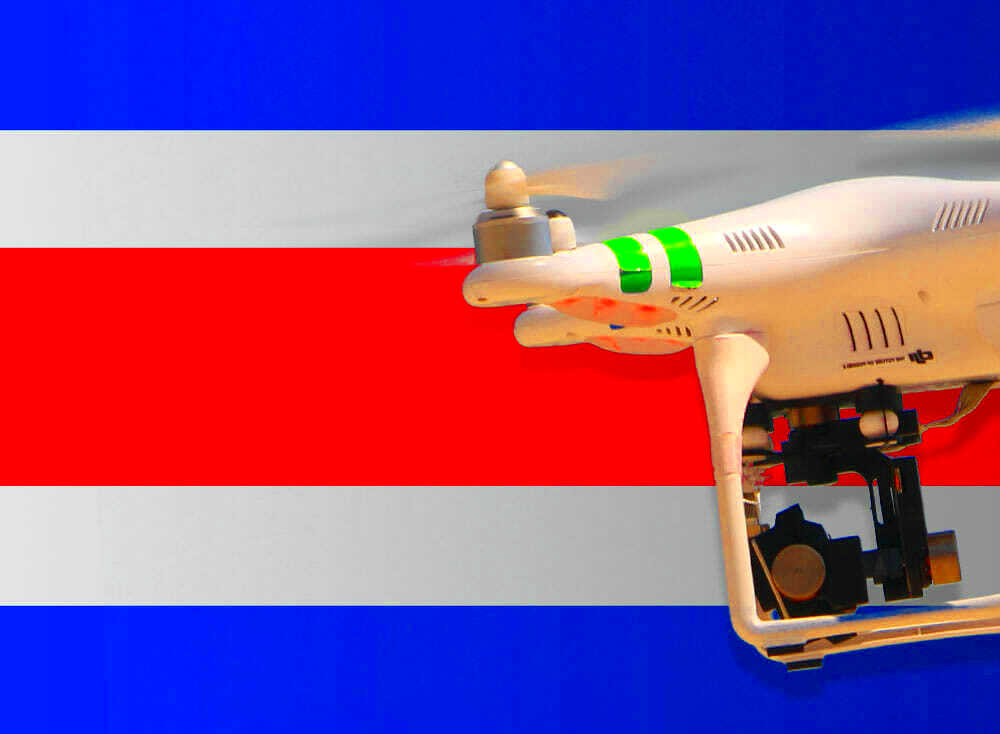
Knowing the various kinds of drone activities can assist you in figuring out the rules and guidelines that apply to your actions. In Costa Rica drone flights are typically divided into two main types recreational and commercial.
Recreational Use: This includes flying drones for personal enjoyment, such as capturing scenic views or recording family events. Recreational operators must adhere to basic guidelines to ensure safety, such as maintaining a line of sight with the drone and avoiding flights over populated areas.
Commercial Use: This involves using drones for professional purposes, such as aerial photography, surveying, or agricultural monitoring. Commercial drone operators must obtain specific permits and follow detailed operational guidelines, including:
- Obtaining a commercial pilot license
- Following predefined flight paths and altitudes
- Adhering to data privacy laws when capturing images or videos
I have noticed that flying for fun is pretty easy but when it comes to flying for business it requires careful planning and adherence to rules. If you plan to use drones commercially in Costa Rica make sure to understand the regulations well and reach out to local authorities for help if necessary.
Requirements for Drone Registration
To make sure your drone flights in Costa Rica are both legal and secure it’s essential to register your drone. While the procedure is simple it does call for careful attention to detail. By registering your drone you assist the Directorate General of Civil Aviation (DGAC) in keeping track of drone operations and ensuring adherence to regulations.
Here’s what you need to know:
- Weight and Type: Any drone weighing more than 250 grams must be registered. This includes most consumer drones, so it’s important to check your drone’s specifications before starting the process.
- Required Documents: To register your drone, you’ll need to provide:
- Your ID or passport
- Proof of purchase or ownership of the drone
- A completed registration form from the DGAC
- Fees: There might be a small fee for registration. It’s best to check the current fee structure on the DGAC website to avoid surprises.
Based on I’ve found that the registration process can go smoothly if you have your paperwork ready. Occasionally the DGAC website might be sluggish so it’s important to be patient and make sure you complete all the forms accurately. After completing the registration you will receive a certificate or registration number that you should keep accessible for any official verifications.
Permits and Licensing for Commercial Use
If you intend to operate a drone for business reasons in Costa Rica youll need to deal with extra regulations. This is to make sure that drone activities are carried out in a safe and accountable manner.
Here’s a breakdown of what’s required:
- Commercial Pilot License: Operators need to obtain a specific pilot license for commercial drone use. This involves passing a test and demonstrating a good understanding of drone operations and regulations.
- Operational Permit: You must apply for an operational permit from the DGAC. This permit outlines the scope of your commercial activities, including the types of operations you intend to perform and the areas you will fly over.
- Insurance: Commercial drone operators are required to have liability insurance. This covers any potential damage or accidents that may occur during drone operations.
Based on my experience with drones I can say that even though these regulations may appear cumbersome they play a crucial role in maintaining the safety and professionalism of drone operations. Establishing a rapport with nearby aviation authorities and seeking guidance if you have any uncertainties about the procedure is wise.
Safety Guidelines for Recreational Drone Use
Flying drones in Costa Rica can be a great time, but it’s crucial to stick to safety rules to protect yourself, those around you and the natural surroundings. These rules are in place to avoid mishaps and make sure that the experience is fun for everyone involved.
Here’s a list of key safety practices:
- Maintain Line of Sight: Always keep your drone within your visual line of sight. This helps you avoid obstacles and ensures you’re aware of your drone’s position at all times.
- Respect Privacy: Avoid flying over private properties or capturing images of people without their consent. Respecting privacy is crucial and helps avoid potential conflicts.
- Avoid Restricted Areas: There are no-fly zones in Costa Rica, particularly near airports, military bases, and national parks. Familiarize yourself with these areas to avoid legal issues.
- Check Weather Conditions: Always check the weather before flying. High winds, rain, or other adverse conditions can affect drone performance and safety.
Based on my experiences in the air following these tips has made every journey seamless and pleasurable. While it’s tempting to get swept away by the thrill a moment to double check everything can save you from unnecessary headaches. Wishing you smooth skies!
Restrictions and No-Fly Zones
Flying a drone in Costa Rica provides stunning scenery, but it’s crucial to know the restrictions and no fly zones in place. These regulations aim to safeguard the environment and ensure public safety. Disregarding them could result in consequences and interfere with sensitive locations.
Heres a summary of the key limitations and areas where flying is prohibited.
- Airports and Airfields: Drones must stay clear of airports and airfields. This rule helps prevent accidents with manned aircraft. Generally, drones should remain at least 5 kilometers away from these areas.
- Military and Government Facilities: Military bases and certain government buildings are off-limits for drone flights. This restriction ensures national security and privacy.
- National Parks and Protected Areas: Many national parks and nature reserves have strict no-fly zones to protect wildlife and natural habitats. Always check local regulations before flying in these areas.
Based on my own encounters dealing with these limitations can be quite tricky, particularly when you’re eager to snap breathtaking scenery. I’ve come to realize through experience the importance of verifying no fly zones on current maps and reaching out to local officials if you’re unsure. By doing this you can relish your drone adventure without any legal obstacles.
Penalties for Violating Drone Regulations
It is crucial to comprehend the repercussions of breaching drone regulations in Costa Rica to steer clear of dire outcomes. These regulations exist not solely for safety but also to uphold rule compliance among all individuals and the penalties for failing to comply can be rather harsh.
Here’s a summary of potential penalties:
- Fines: If you’re caught violating drone regulations, you could face hefty fines. The amount varies depending on the severity of the infraction.
- Seizure of Drone: In some cases, authorities might seize your drone if you’re found operating it illegally. This can be a significant inconvenience and financial loss.
- Legal Action: Serious violations, such as endangering people or violating restricted areas, could result in legal action against you. This might include court cases and potential criminal charges.
Looking back on my experiences I realize that staying informed and being careful can help avoid these consequences. Its wise to keep yourself up to date with the rules and make sure that your drone operations are completely in line with the law. Believe me steering clear of these traps will spare you a great deal, of hassle.
Where to Find More Information and Resources
Staying informed about the new drone rules and regulations in Costa Rica is essential for a hassle free flying experience. Luckily you can access various sources to get reliable and current information.
For additional details you can check out these sources.
- Directorate General of Civil Aviation (DGAC): The DGAC is the primary authority for drone regulations in Costa Rica. Their official website provides detailed information on registration, permits, and regulations.
- Local Drone Clubs and Forums: Engaging with local drone enthusiasts through clubs or online forums can be incredibly helpful. They often share valuable insights and updates on local regulations and no-fly zones.
- Government Websites and Local Authorities: For the most recent updates and specific questions, contacting local government offices or authorities can provide direct assistance and clarification.
Based on what I’ve seen keeping in touch with resources and communities has proven to be incredibly valuable. It not aids in grasping the regulations but also keeps you updated on any recent changes or developments. Therefore leverage these resources to ensure a smooth and enjoyable drone flying experience, in Costa Rica.
Frequently Asked Questions
While exploring the realm of drone piloting in Costa Rica you may find yourself pondering certain queries. Allow me to share some of the questions I commonly come across along with useful insights to assist you on your journey.
- Do I need a license to fly a drone recreationally in Costa Rica? No, you don’t need a specific license for recreational use if your drone is under 250 grams. However, you must still adhere to general safety guidelines and avoid no-fly zones.
- How do I know if an area is a no-fly zone? To avoid restricted areas, consult maps from the Directorate General of Civil Aviation (DGAC) and local regulations. Also, reaching out to local authorities can provide the most accurate and current information.
- What should I do if I accidentally fly into a no-fly zone? If this happens, land your drone immediately and contact local authorities to explain the situation. Showing a willingness to comply can often help in resolving the issue without severe penalties.
- Can I use my drone for commercial purposes without a permit? No, you need a specific commercial permit from the DGAC to operate drones for business activities. This ensures that you follow all safety and operational guidelines set for commercial use.
- How often do regulations change? Drone regulations can change frequently. It’s a good idea to regularly check the DGAC website or stay in touch with local drone communities for the latest updates.
Based on what I have seen keeping yourself updated and seeking clarification when unsure has consistently made my drone flying journey more enjoyable. Feel free to contact officials or fellow drone enthusiasts to resolve any doubts you may have.
Conclusion
Flying drones in Costa Rica can be an exciting way to capture the breathtaking scenery of the country. However it’s essential to familiarize yourself with and follow the rules to ensure a hassle free experience. By keeping up to date on registration requirements respecting restricted areas and adhering to safety protocols you not only ensure smooth flying but also promote the responsible use of drones. Embracing these regulations as part of your aerial adventure will allow you to fully enjoy all that Costa Rica has to offer, from above.
